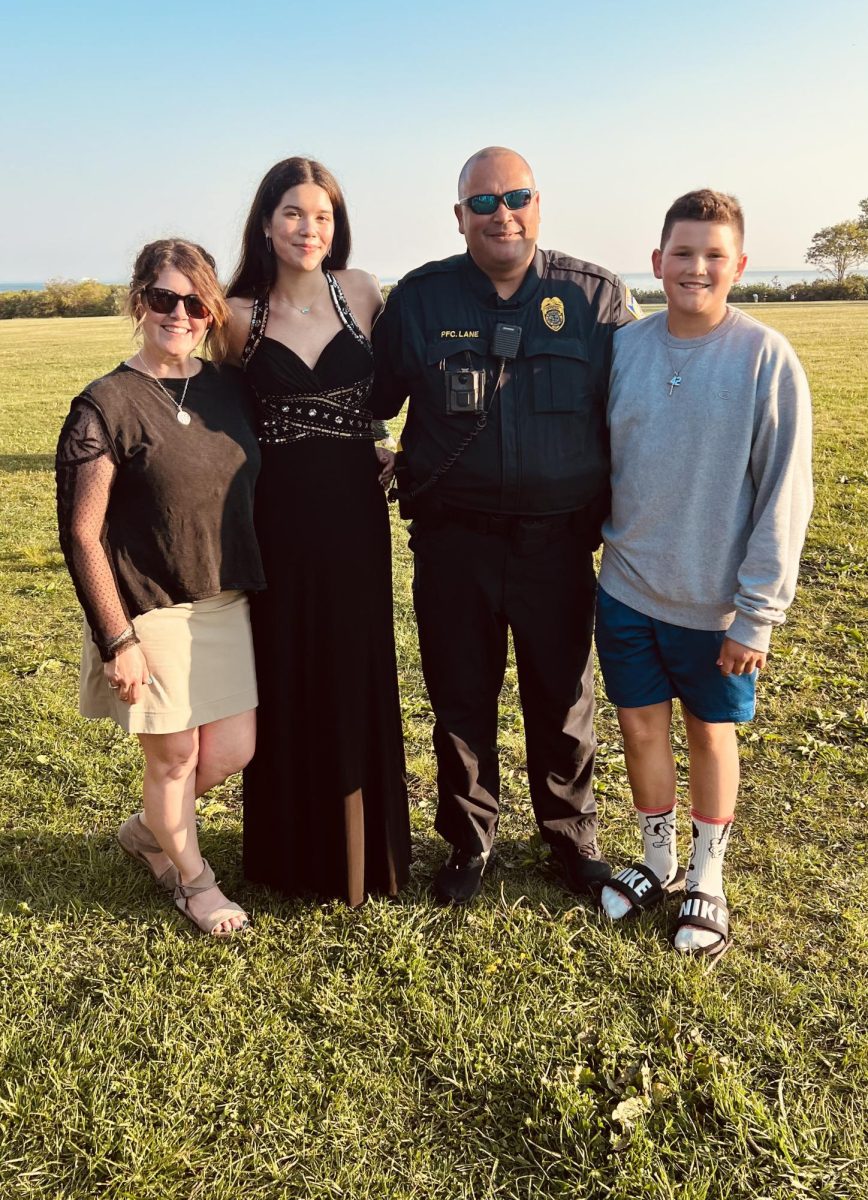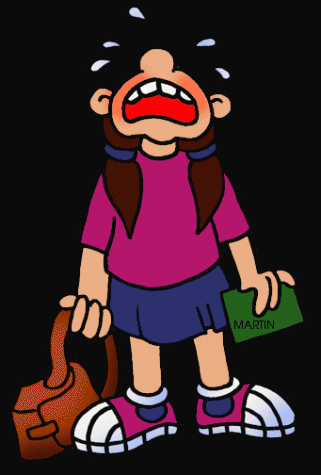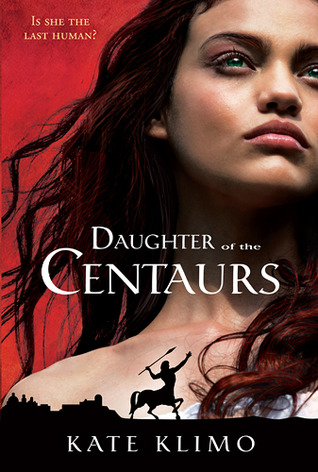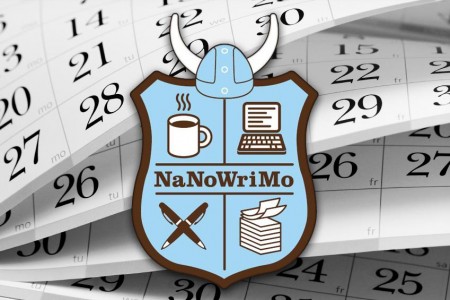Book Review: Marissa Meyer’s Cinder
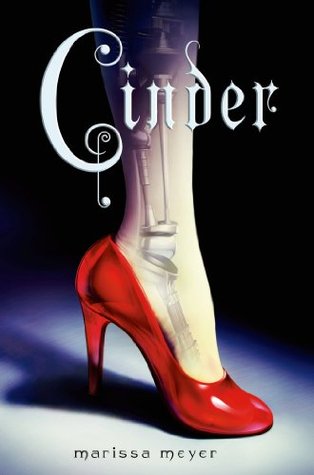
April 14, 2016
Cinder, the first book of the Lunar Chronicles by Marissa Meyer is a retelling of Cinderella with a new twist.
Cinder is a 16 year-old cyborg living in the city of New Beijing in the far future. She was orphaned when her parents died in a hover crash when she was three years old, which resulted in her injuries. In order to save her badly damaged body, scientists operated on her, replacing some of her limbs and internal organs with synthetic parts. She was adopted at age 11, by a man named Garan, but he died shortly thereafter, leaving her with her stepmother and two stepsisters. She has no memory of her life before she was adopted. Her stepmother Adri resents her and isn’t afraid to show it, and her stepsister Pearl follows her mother’s lead. Cinder’s only real friends are her android Iko and her stepsister Peony, who sees her as a person rather than a cyborg or a servant.
As a cyborg, Cinder is an expert mechanic, considered one of the best in the city, and as a result she meets Prince Kai, who asks her to fix his android for him, claiming that it is of the utmost importance that it be fixed. After meeting him, Cinder sees why all the girls are infatuated with him, but she knows that any fantasies she has will never come true once he finds out that she is a cyborg, and that he likely has his own problems. She begins to see more of the prince, and as a result they become friends. Then her stepsister Peony falls victim to letumosis, a deadly disease that has no cure. Adri blames Cinder for Peony’s illness, and sends her to the cyborg draft to become a test subject to find a cure for the disease that has sickened Peony. This, however, turns out to be good for Cinder, and she discovers things about herself that can change everything, both for her and the prince.
Cinder was well-written and enjoyable. It wasn’t any ordinary retelling. Instead, it was reimagined into a futuristic world with additional elements to make it interesting. The story wasn’t all about going to the ball and dancing with the prince and getting a happily ever after. There’s no fairy godmother here. Instead, Cinder must forge her own path to happiness, though it may not be what she ever imagined. Instead, the story is more about Cinder’s relationship with her adoptive family and her relationship with Prince Kai, who has his own problems that continue to grow larger.. The book is heavy on dramatic irony, which is when the reader has knowledge of events that the character or characters do not. Even then, the book was suspenseful and full of surprises.
Though cyborgs are supposed to be second class citizens, the only cyborg who is really explored in the novel is Cinder. There is at least one scene involving another cyborg, but it is brief and there is not much interaction between cyborgs or between cyborgs and people. However, the novel describes that cyborgs do not have as many rights as those who are fully human because of the Cyborg Protection Act, even though they may only have had small portions of their body replaced. They are controlled by their guardians, who in Cinder’s case is Adri, so she has not had a good life since going to live with her.
Another group seen in the novel are Lunars, humans who colonized the moon and have developed unique abilities that set them apart from humans, who fear and distrust them for this reason.
Cinder is the story of Cinderella reimagined in a dystopian society. The story incorporates new elements, such as cyborgs, Lunars and the plague. Cinder is not the average fairy tale. Instead, it is the story of a girl who yearns for freedom and a better life, and to be accepted for who she is. Her new discoveries about herself will give her the opportunity for a different life, but only if she is willing to make sacrifices and suffer the consequences of them.
Scarlet, the second book in the Lunar Chronicles continues Cinder’s adventures while introducing new characters. This series is a must read for fans of dystopia and fantasy. Though based on famous fairytales, this series proves that appearances can deceive, and that perfection only hides flaws, and does not mean being flawless.




